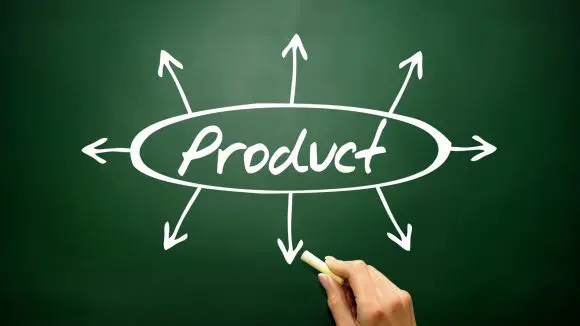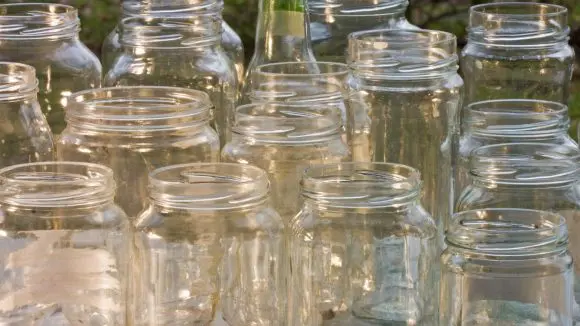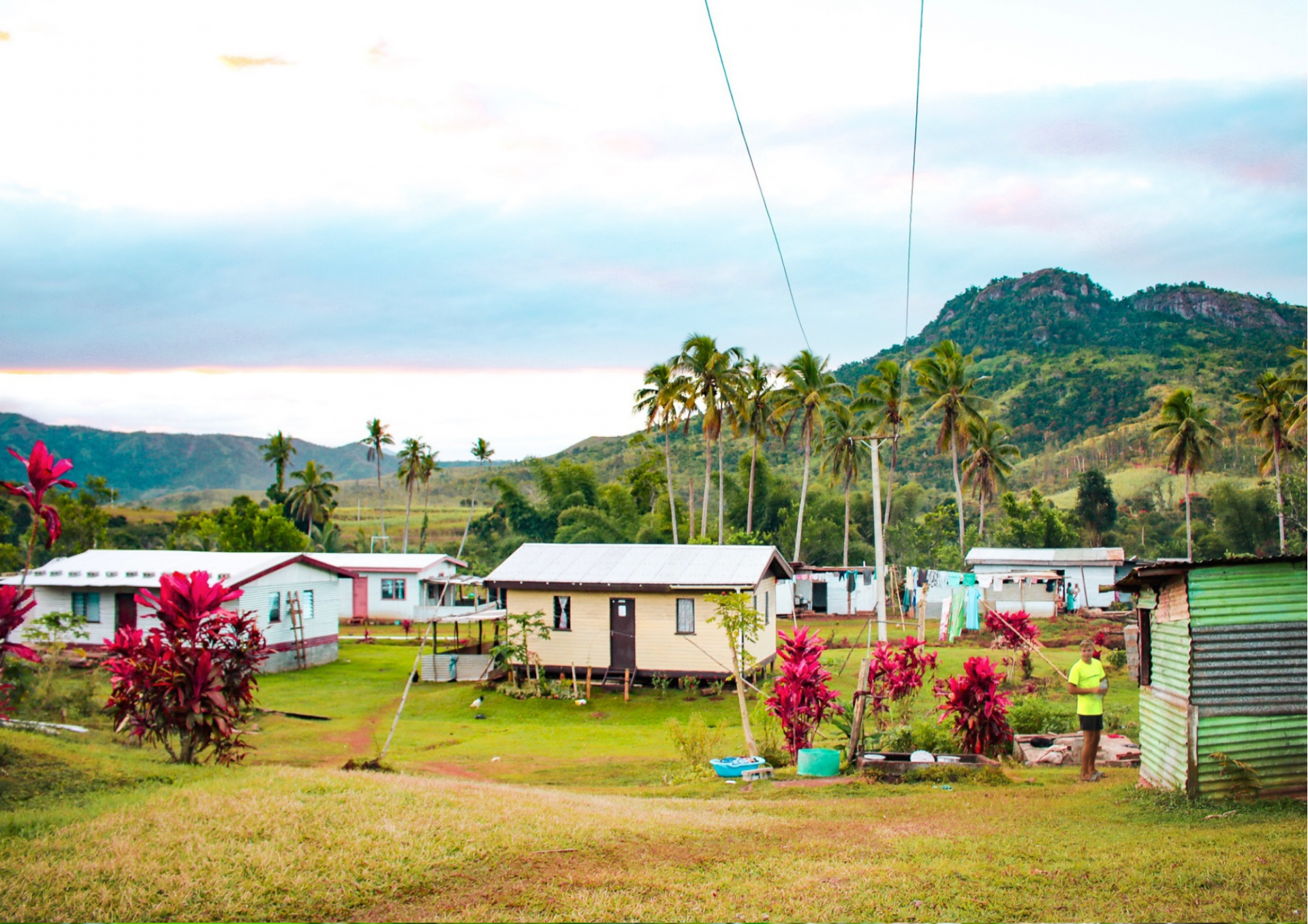By clicking submit, I consent to my personal data being collected, stored, and processed by Think Pacific in accordance with our Privacy Policy.
A National Perspective: Sustainable Infrastructure
Does a county’s wealth determine which approach is should take towards being sustainable? Should Fiji heavily invest in becoming carbon neutral, or to build better housing and infrastructure to protect its citizens from environmental impact? The first thing to consider in this question is the value added versus associated cost of sustainable interventions, otherwise known as a cost-benefit analysis
This video shows how ‘developed’ nations are able to use their knowledge and resources in order to design and implement greener energies.
Thought: How are these focuses different from Fiji? How are they the same? Does Fiji have challenges that the UK doesn’t? And vice versa?
When looking at a possible project, we need think about the wider implications that may be experienced as a result.
See this video to learn more about unanticipated consequences of a solar project.
Countries with smaller or limited budgets can use cost-benefit analysis to ensure that projects will meet their intended aims.
If the goal is to save human life, we need to ask how can we save the most lives within the budget that we have? Furthermore, what will then be the impact on the environment?
If the goal is to positively impact the environment, we need to ask how we can maximise the impact? Moreover, what will the effect be on human life?
Being able to analyse situations from multiple perspectives is a huge step forward for individuals to be able to
How might a transition to electric vehicles weigh up for Fiji?
Challenge of building infrastructure on a worldwide scale…
For nations with finite budgets and large percentages of the population in poverty, spending vast resources on electric vehicles may not be the most beneficial for their people. Questioning what is morally right from a human perspective vs. an environmental perspective…
Should a less economically developed country be driving the high cost developments of electric infrastructure? What will be the benefit for their population? Are there other cheaper areas which a less developed country can be a pioneer until electric infrastructure is more widely distributed? e.g. Renewable energy, public transport, responsible farming/logging/fishing, recycling schemes
You may remember from the ‘Global Perspective’ modules which nations were some of the largest fossil fuel contributors – the international environmental benefit would be significantly greater for them to transition to more eco-friendly fuel solutions.
How might this situation change for an island community who have very minimal power-providing infrastructure?
See the work of our partners at Solar Fiji as they install solar panels for a backpackers resort in Ra, Fiji.
Creating a ‘sustainable’ business may not be as straightforward as it seems… Take a look at the considerations that have to be made when setting up a business. The following is based upon a real company in Fiji.

Earning an income in the remote communities has long been a challenge. Location to markets, transport and logistics, as well as education and the facilities to produce high quality products provides real challenges for people who wish to start a business.
However, the following is an example of a business hailed as ‘sustainable’. Take a look at the considerations they had to make.

In order to receive certification, the business must show to be delivering a tree planting process.
The island-based business encourages community members to stay on the island therefore limiting rural-urban drift. This has many benefits such as:
- Living a rural lower carbon lifestyle
- Staying connected with sustainable traditional knowledge systems
- A younger population can support elder members
The more income a family has the more they are able to spend on making their house/village climate resilient (better building standards, stronger materials, shutters for windows etc).
Can you think of anymore?

The business uses glass jars to store their product. However, there are currently no glass bottle manufacturers in Fiji. As a result, glass jars are imported from overseas, which somewhat cancels out the environmental benefit.
There are no glass recycling plants in Fiji meaning when sold outside of the community the glass will end up in landfill.
Again, in order to receive certification, during the manufacturing process, staff are required to wear disposable hair nets and gloves. These items are then put into the island’s burn pit as there is no landfill or alternative waste disposal infrastructure in proximity of the island.


